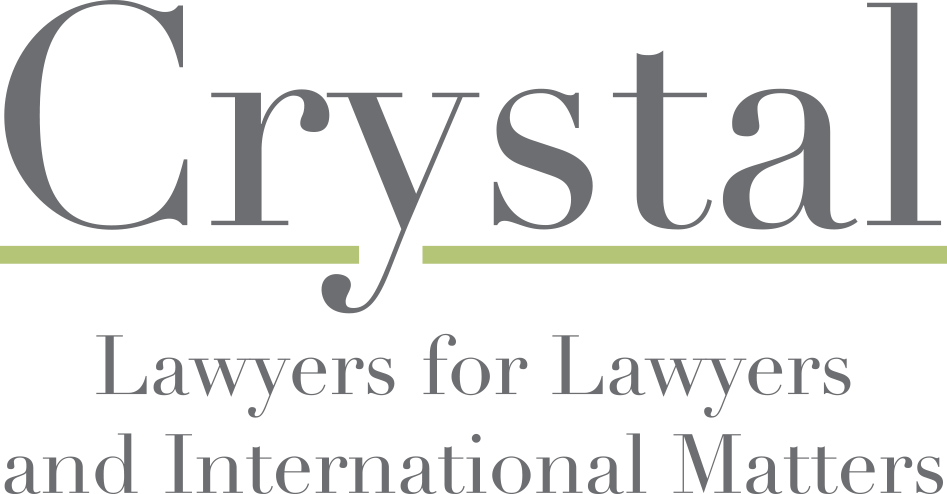Lawyers often face issues of “conflicts of interest.” Indeed, Professor Crystal has written that the three most important ethical issues that lawyers face are “conflicts, conflicts, and conflicts.” Conflict Waivers [sic?]-A Primer, 20 S. CAR. LAWYER 10, 10 (Mar. 2009). However, this general statement of the issue hides three important questions:
(1) What law or ethics rules or other applicable standards govern the conflicts issue?
(2) What is the nature of the proceeding in which the conflict arises?
(3) How should a lawyer decide how to deal with a conflict issue in conditions of uncertainty?
(1) Major Differences in Law or Ethics Rules Govern Conflicts of Interest. Ethics rules in the United States are “relatively” uniform, based on the American Bar Association’s Model Rules of Professional Conduct, but significant differences nonetheless exist. When the matter involves foreign lawyers, the applicable standards become much more diverse.
(2) Choice of Law Rules Vary Depending on the Nature of the Proceeding. Conflicts issues can arise in lawyer disciplinary proceedings, in disqualification motions, or in civil litigation for malpractice, breach of fiduciary duty or other civil matters, to name several major types of proceedings in which conflict of interest issues arise. In addition, to having many differences, such as standards of proof and possible outcomes, each type of proceeding will have different approaches to determining the applicable conflicts principles. Differences can also arise in federal and state court and in mass actions like class actions or multidistrict litigation (MDL).
(3) Decision-making Involving Conflicts of Interest Often Occurs in Conditions of Uncertainty. Before engaging in conduct that raises possible conflict issues, a lawyer (or an ethics advisor to the lawyer), needs to consider the applicable standards that might govern reasonably foreseeable proceedings against the lawyer arising from the possible conflict and the possible outcome and consequences, discounted by the likelihood of such a result. The resulting matrix of foreseeable proceedings, possible applicable standards, and discounted outcome may be difficult to identify, to analyze, and to predict, leading to uncertainty in decision-making. Choice-of-law provisions in lawyers’ engagement agreements are one way of reducing this uncertainty, but many other options exist.
For further analysis of these issues see Nathan M. Crystal & Francesca Giannoni-Crystal,
Choice of Law and Risk Management for Conflicts of Interest, 16 Charleston L. Rev. 1 (2022).
For information on the Crystal & Giannoni-Crystal Law Firm, see www.cgcfirm.com.
